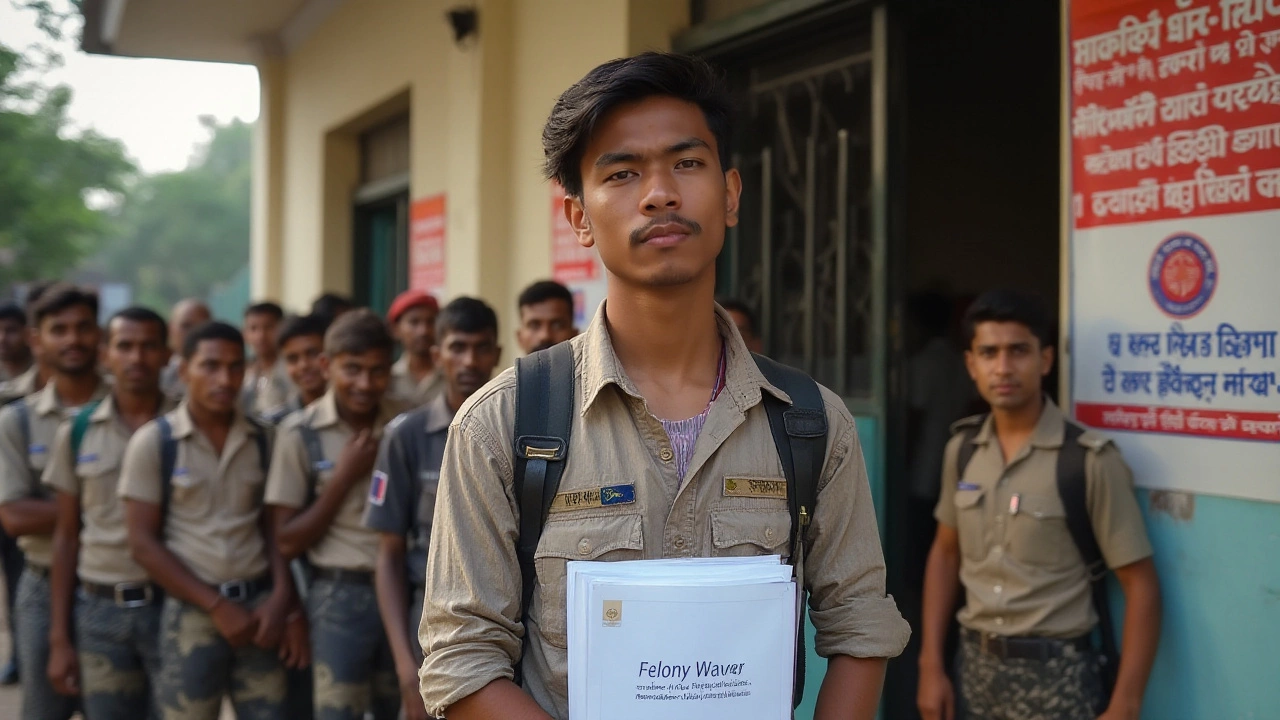
Armed Forces Overview and Why It Matters
If you’ve ever wondered what life in the Indian armed forces looks like, you’re not alone. Millions of kids think about joining the army, navy, or air force, but they rarely know the real steps to get there. This guide breaks down the basics: what the forces do, how you can become a part of them, and what you can expect after you’re in.
The three branches – Army, Navy, and Air Force – work together to protect the country, help in disaster relief, and take part in peace missions abroad. Each branch has its own culture, but they share common values like discipline, teamwork, and a commitment to service. Understanding these values early on helps you decide which branch fits your personality best.
How to Join: Entry Routes and Eligibility
There are several ways into the armed forces, and the right one depends on your age, education, and career goals. The most popular routes are:
- National Defence Academy (NDA) – Open to 12th‑grade students (age 16.5‑19.5). Two years of training followed by a degree at the Indian Military Academy, Naval Academy, or Air Force Academy.
- Combined Defence Services (CDS) Exam – For graduates (age 19‑25). You can aim for the Indian Military Academy, Officer’s Training Academy, Indian Naval Academy, or Air Force Academy.
- Technical Entry Scheme (TES) – For 12th‑grade students with physics, chemistry, and math. You’ll train as a technical officer in the Army.
- University Entry Scheme (UES) – For engineering graduates who want to become commissioned officers.
- Direct Recruitment – For specific roles like nursing, logistics, or cyber security. Requirements vary by role.
All candidates must pass a physical fitness test, a medical exam, and an interview. Preparing early for each part saves you stress later on.
Training, Career Growth, and Life After Service
Once you’re in, training is intense but rewarding. Basic training lasts from 10 weeks (Army) to 6 months (Navy) and focuses on physical fitness, weapons handling, and basic tactics. After that, you move to specialized training for your chosen arm – infantry, artillery, aviation, or naval operations.
Career growth in the armed forces follows a clear rank structure. Every two to three years you have a chance for promotion, provided you meet performance and fitness standards. Higher ranks open doors to leadership roles, staff positions, and even diplomatic assignments.
When you retire, the government offers a range of benefits: a pension, medical facilities, and reservation in government jobs. Many ex‑servicemen also start their own businesses, join private security firms, or work as trainers for defence academies.
To make the most of a defence career, keep these tips in mind:
- Maintain top physical fitness – it’s the easiest way to clear the toughest tests.
- Study the basics of maths and science early – they’re essential for technical branches.
- Develop teamwork skills – you’ll be evaluated on how well you work with others.
- Stay informed about current defence policies and technology – the armed forces value knowledge of modern warfare.
- Network with seniors and alumni – they can guide you through the selection process.
Whether you’re a student, a parent, or someone looking for a new direction, the armed forces offer a steady job, respect, and a chance to serve the nation. With the right preparation, you can turn the dream of wearing the uniform into a real, rewarding career.
